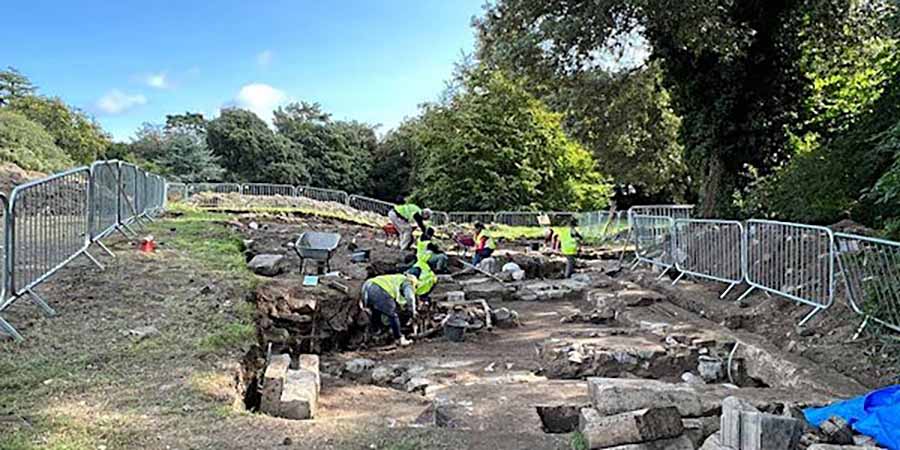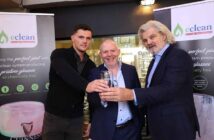
Transition Year students participated in Dublin City Council’s 2025 Community Archaeology Programme at St Anne’s Park, excavating remnants of the 19th-century St Anne’s Mansion.
Mentored by Archaeology and Built Heritage Ltd, students uncovered artefacts like carved stone, decorative plasterwork, stained glass, and ornate floor tiles from the Guinness family study. The programme, now in its fifth year, includes a 25-day dig with adult volunteers continuing until 20th September, supported by the Heritage Council and Creative Ireland.
Accessibility features include Braille and large-text transcripts, Irish Sign Language tours, and a public exhibition showcasing real-time discoveries. Educational initiatives range from primary school tours to post-excavation workshops, fostering community engagement and cultural pride in Dublin’s heritage.
Lord Mayor Ray McAdam shared: “I congratulate the Transition Year students from across Dublin and beyond whose hard work, enthusiasm and curiosity have brought history to life at St Anne’s Park through Dublin City Council’s 2025 Community Archaeology Programme, supported by the Heritage Council and Creative Ireland. Their achievements reveal Dublin’s past and highlight the vital role young people play in exploring and sharing our city’s unique cultural heritage.”
Charles Duggan shared: “The St Anne’s Park Community Archaeology Programme is an action of Dublin City Council’s Strategic Heritage Plan— which aims to connect people with their past, fostering stewardship, and building skills through hands-on public participation. This year and over the last four years the programme have empowered volunteers young and old to uncover and interpret the archaeology and social history of St Anne’s Park.”
Ruth Johnson shared: “The community excavation of St Anne’s House is bringing together people of different ages and backgrounds with a common goal – that is to uncover and research the Park’s hidden heritage. This year the volunteers are once again working with the support of a team of professional archaeologists. This time they are investigating the remains of the entrance hall and of Lord Ardliaun’s study, which all sounds a bit Cluedo! The volunteer’s enthusiasm for the dig is infectious and they have reported increased well-being. Their work has stimulated great public interest and generated local pride in the heritage of the area. St Anne’s is proving an exciting location for public archaeology in Dublin.”
James Kyle shared: “As a professional archaeologist, it’s humbling to see the passion and skill of our volunteers, and the incredible support from the wider community. I’m deeply grateful to everyone involved. Our team has embraced the unique challenges of such a public-facing project, proving that community archaeology can truly enrich our lives, our shared history, and our understanding of heritage.”




